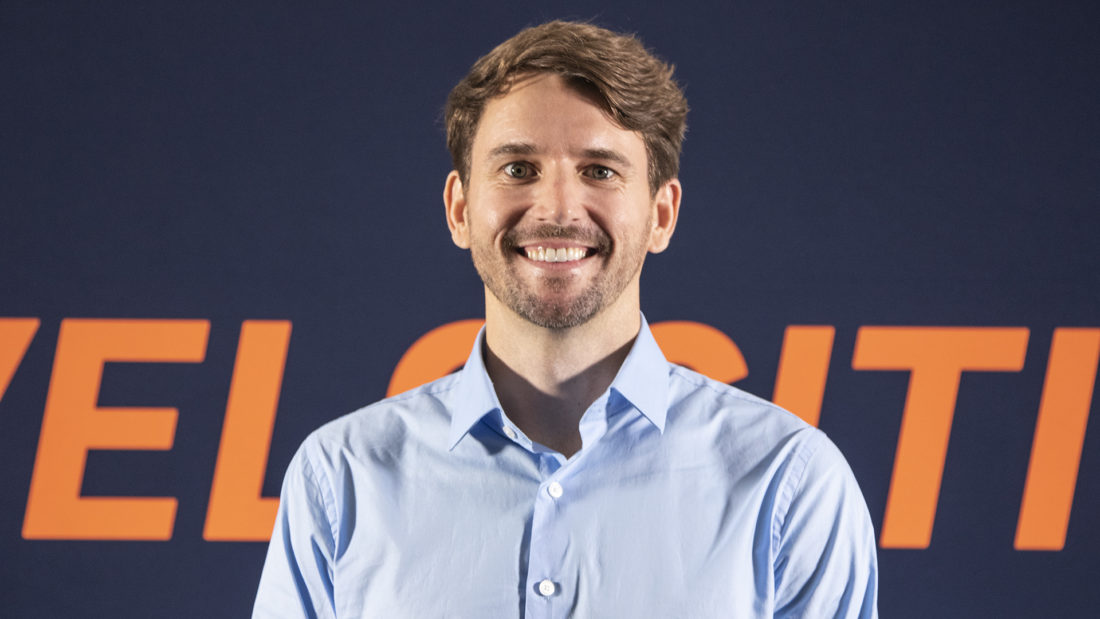It’s just human-centered design. It’s designing something that meets the needs of the user in a way that I feel is beautiful and delightful, that’s surprising, that actually makes it easier.
Travis McAshan is Founder and Managing Director of GLIDE, a values-based and award-winning custom website design company in Austin. GLIDE works mostly with startups, non-profits and leading brands such as Tacodeli, the H.E. Butt Foundation and Crossmark Global Investments. McAshan founded the company when he was just 24 years old.
In this episode of Velocitize Talks, we sit down with McAshan to discuss staying human-centered design, meaningful work and the future of the user journey.
Finding meaning in work (2:30)
The way I define my “why” is to work with great people, for great people, to do meaningful work that makes a difference that resonates with me, that resonates with my team and definitely resonates with the types of people that we want to work with.
The audience that you’re trying to attract is crucial. McAshen referenced a study which found for every $92 spent acquiring new customers, only $1 is spent actually converting them.
The shifting digital landscape (7:07)
The big shift for us is just authenticity and marketing. I think that you’re seeing just the trends across all all spaces where people are really trying to understand brands and who they are, how they operate and how that stays true from their brand message to how they actually act.
In a survey by Stakla, 90% of consumers say authenticity is important when deciding which brands they like and support. However, the discrepancy between what the user sees as authentic and how marketers view their content is significant.
Get real (10:21)
I think the challenge with influencer marketing is it’s hard to tell when someone is sponsoring your brand or if they’re just using the product because they actually like using the product.
For Gen Zers, brand authenticity and inclusion are especially important. It’s one reason is why we’ve seen the rise of micro- and nano-influencers as opposed to big-name celebrities.
What’s your story? (10:38)
We have moved away from calling them creative briefs or outlines. We call them story frames. What we do is we put together these story frames per page so that there’s a theme to every page that is really just a subcomponent of the main message.
The user experience (UX) is a story in and of itself, one with a beginning, a middle and an end. UX has been referred to as the new marketing. An effective way to connect to and understand your audience is through storytelling. And don’t underestimate the power of storytelling to promote user-generated content (UGC).
Human-centered design for a cause (16:43)
We love these types of projects where we can take some super profitable client and then we can subsidize a non-profit where they come in and say we have no budget…and we say we’re going to do it.
GLIDE created a new website for Amarillo Children’s Home, whose mission is to restore the identity of foster children. They have also partnered with the National Breast Cancer Foundation.
You always have this diverse audience. You have people that are looking for help, you have people that are looking to help…you have the corporations and the big sponsors and and so you have to think about how they all flow through the same site.
To learn more about GLIDE and their campaigns, visit their website and follow them on Twitter at @glidedesign.
